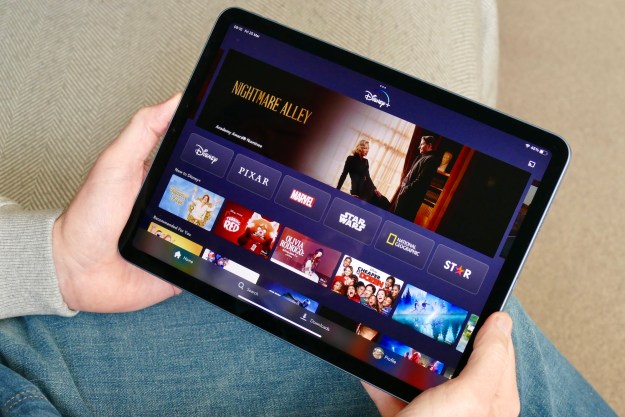
Of course, if you are living toward the top and bottom of the United States, you will only see a partial crescent-shaped solar eclipse. But CNN and Volvo have your back, as those residents can jump on CNN’s website or use one of CNN’s apps to see the sun fully blocked from coast to coast. CNN will have seven points established along the blue line using 360-degree cameras.
A solar eclipse is a result of the moon passing between the Earth and the sun. Not everyone can see a perfect total eclipse, hence CNN’s live coverage. The further you move away from the line, the more “crescent” the eclipse will appear. By contrast, a lunar eclipse is when the Earth sits perfectly between the sun and the moon, casting its shadow on the orbiting satellite.
But unlike a lunar eclipse, you cannot look directly at a solar eclipse. That is due to the intensely bright rays reaching around the moon’s circular form, and the invisible radiation that these fiery tentacles create. Looking at this focused light for just a few seconds could fry your retinas, causing possible blindness. And because retinas have no nerves regarding pain, the damage will not be immediately noticeable.
According to NASA, spectators should not look directly at any solar eclipse, whether it is full or partial. Spectators also must not use sunglasses to view the solar eclipse. Instead, rely on special viewing glasses or handheld solar viewers that meet specific requirements:
- Listed ISO 12312-2 international standard certification
- Manufacturer’s name and address printed on product
- Does not rely on homemade filters
- Is not older than three years old
- Does not have scratched or wrinkled lenses
That said, keep a sharp eye on what you buy for this rare event. Amazon is currently dishing out refunds on protective solar eclipse glasses despite their supposed 12312-2 certification due to the inability to verify the safety of many versions sold by its sellers. The move to refund customers, according to Amazon, is out of “caution.”
This will be the first total solar eclipse seen by the entire contiguous United States (sans Alaska, Hawaii, etc.) since June 1918. It is also the first solar eclipse exclusively experienced in the upper western hemisphere since February 1979, which only passed through the northwestern United States, a portion of Canada, and Greenland. The next solar eclipse won’t take place in North America until April 2024.
CNN’s streaming event will start at 10 a.m. (PT) and conclude at noon. NASA will have a show too.


